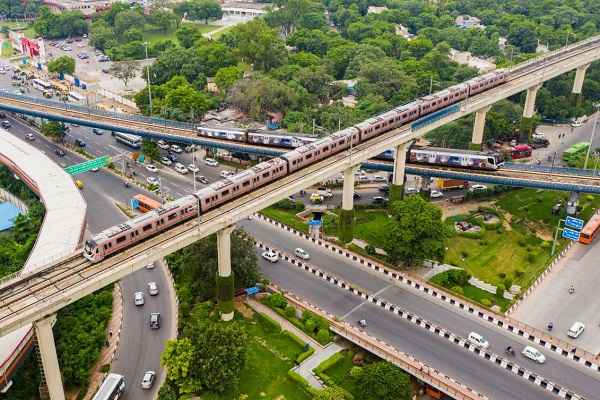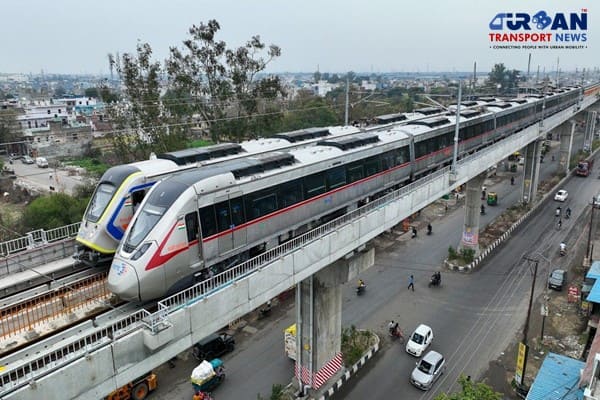 India Makes History: Namo Bharat RRTS and Meerut Metro to Run on Same Track
India Makes History: Namo Bharat RRTS and Meerut Metro to Run on Same Track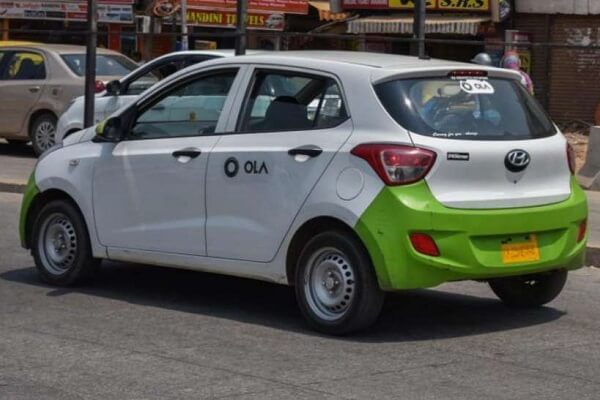 How the Standard for Car and Truck Wheels Is Changing
How the Standard for Car and Truck Wheels Is Changing How Cross-Docking Is Reshaping Urban Logistics
How Cross-Docking Is Reshaping Urban Logistics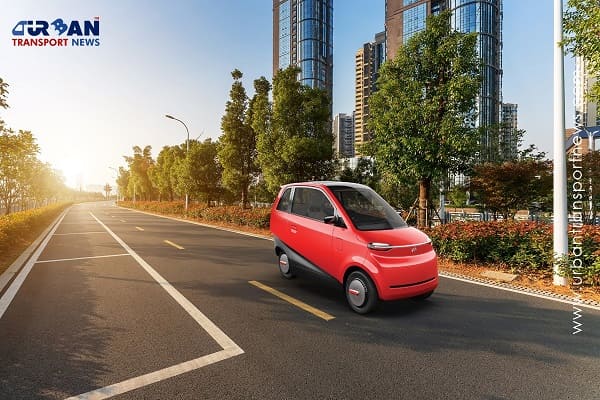 Ola, Uber Fares Set at 50% Minimum; Bike Taxis Legalised Under New Guidelines
Ola, Uber Fares Set at 50% Minimum; Bike Taxis Legalised Under New Guidelines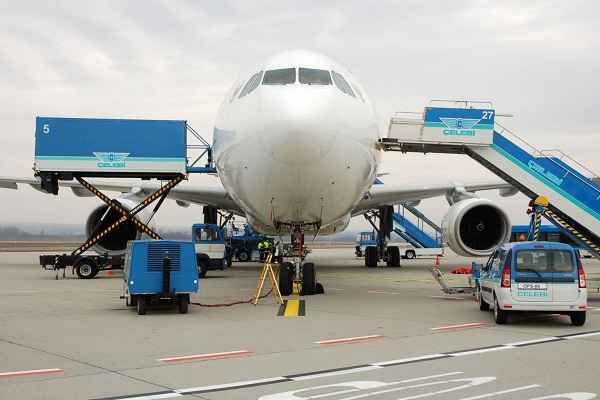 India to review Celebi Aviation contracts amid National Security concerns
India to review Celebi Aviation contracts amid National Security concerns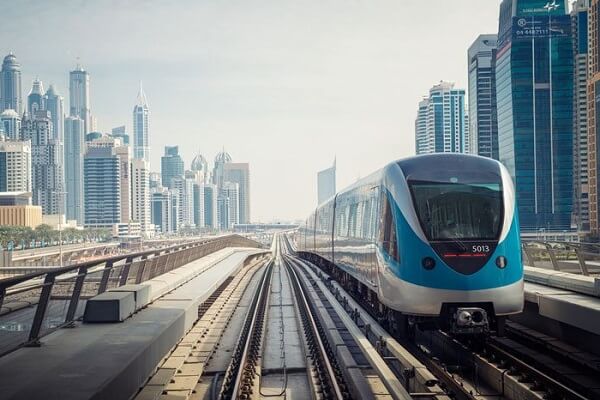 The AI Revolution in Brand Communication: A Dubai Perspective
The AI Revolution in Brand Communication: A Dubai Perspective Tackling Supply Chain Blind Spots with Machine Learning
Tackling Supply Chain Blind Spots with Machine Learning Saudi Arabia issues Design Tender for $7 Billion Landbridge Railway Project
Saudi Arabia issues Design Tender for $7 Billion Landbridge Railway Project Cab Aggregators to pay penalty for cancellations by Drivers under New Maharashtra Policy
Cab Aggregators to pay penalty for cancellations by Drivers under New Maharashtra Policy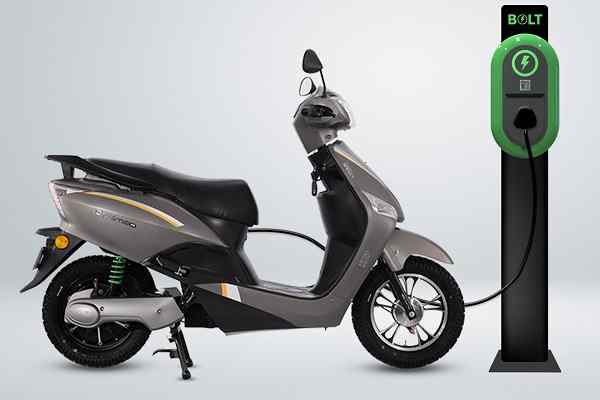 Ola Electric under Fire for allegedly Inflated EV Sales Figures
Ola Electric under Fire for allegedly Inflated EV Sales Figures
Urban Logistics: Challenges, Innovations and Sustainable Solutions
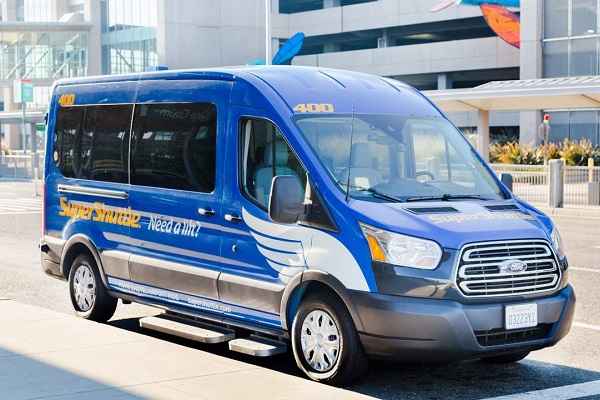
In an increasingly urbanized world, efficient urban logistics systems have become indispensable for the smooth functioning of cities. From e-commerce deliveries and food distribution to waste management and public transportation, the logistics industry plays a vital role in ensuring the seamless flow of goods, services, and information. This article explores the in-depth significance of urban logistics, highlighting its challenges, innovations, and the importance of sustainable practices. By embracing technological advancements and implementing eco-friendly solutions, cities can enhance their logistics infrastructure while minimizing environmental impact.
Understanding Urban Logistics
Urban logistics encompasses the processes involved in the movement, storage, and management of goods within urban areas. It involves a complex network of transportation modes, warehouses, distribution centers, and last-mile delivery systems. Urban logistics is a critical aspect of the supply chain, bridging the gap between manufacturers, retailers, and end consumers. Its primary goal is to ensure timely and efficient delivery while optimizing resource utilization and reducing congestion.
Components of Urban Logistics
Urban logistics comprises several key components that work together to ensure the smooth flow of goods and services within urban areas. These components include:
1. Transportation Networks: Efficient transportation networks form the backbone of urban logistics. They encompass various modes of transport such as trucks, vans, bicycles, motorcycles, and public transportation systems. These networks facilitate the movement of goods between suppliers, distribution centers, warehouses, and end consumers.
2. Warehousing and Distribution Centers: Warehousing and distribution centers serve as vital hubs in the urban logistics ecosystem. These facilities provide storage space for goods, enabling inventory management and order fulfillment. They are strategically located to facilitate quick and efficient distribution to urban areas.
3. Inventory Management: Effective inventory management is crucial in urban logistics to ensure that goods are available when and where they are needed. Inventory control systems, demand forecasting, and real-time monitoring help optimize stock levels, minimize excess inventory, and reduce the risk of stockouts.
4. Last-Mile Delivery: Last-mile delivery refers to the final stage of the delivery process, where goods are transported from a distribution center or retailer to the end consumer's doorstep. It is often the most challenging and expensive component of urban logistics. Last-mile delivery solutions involve route optimization, tracking technologies, and alternative delivery methods to ensure timely and efficient delivery while addressing congestion and customer preferences.
5. Information Systems and Technology: Information systems and technology play a vital role in urban logistics. They enable real-time tracking of shipments, facilitate communication between stakeholders, and provide data for analysis and optimization. Technologies such as GPS, telematics, cloud computing, and data analytics are used to improve visibility, efficiency, and decision-making in urban logistics operations.
6. Reverse Logistics: Reverse logistics deals with the movement of goods from consumers back to the retailer or manufacturer. It includes processes such as returns, repairs, recycling, and waste management. Managing reverse logistics effectively is crucial for minimizing waste, optimizing resources, and promoting sustainability in urban areas.
7. Collaboration and Partnerships: Collaboration among various stakeholders, including logistics providers, retailers, suppliers, and government agencies, is essential for efficient urban logistics. Public-private partnerships foster coordination, resource sharing, and the development of sustainable solutions. Collaboration can lead to initiatives such as shared warehousing, consolidation centers, and optimized transportation routes.
8. Sustainability Practices: Sustainable practices are gaining importance in urban logistics. These include adopting eco-friendly transportation modes, implementing green delivery options, optimizing routes to reduce fuel consumption and emissions, and promoting recycling and waste reduction. Sustainable urban logistics aims to minimize environmental impact while meeting the growing demand for goods and services in cities.
Challenges in Urban Logistics
Traffic Congestion: Urban areas are characterized by high population density, leading to increased traffic congestion. This poses significant challenges for logistics providers, resulting in longer delivery times, increased fuel consumption, and higher carbon emissions.
Last-Mile Delivery: The final leg of the delivery process, known as last-mile delivery, is often the most challenging and expensive. Delivering packages directly to consumers in crowded urban areas requires innovative solutions to navigate traffic, optimize routes, and address the issue of missed deliveries.
Limited Space: Urban environments have limited space for logistics infrastructure such as warehouses and distribution centers. Balancing the need for these facilities with the demands of urban development is a constant challenge.
Environmental Impact: Traditional logistics practices contribute to pollution and greenhouse gas emissions, exacerbating environmental concerns. Finding sustainable alternatives is crucial for minimizing the carbon footprint of urban logistics operations.
Innovative Solutions
Technology Integration: The adoption of advanced technologies such as Internet of Things (IoT), artificial intelligence, and data analytics is revolutionizing urban logistics. Real-time tracking, predictive analytics, and route optimization algorithms enable efficient resource allocation and improved delivery performance.
Alternative Delivery Methods: Cities are exploring alternative delivery methods to tackle last-mile challenges. These include electric and hybrid vehicles, autonomous drones, and even crowd-sourced delivery networks. Such innovations not only reduce emissions but also enhance delivery speed and flexibility.
Shared Warehousing: Shared warehousing and fulfillment centers are gaining popularity in urban areas. By combining storage and distribution facilities, multiple businesses can share resources and reduce the need for individual warehouses, optimizing space utilization.
Micro-Hubs and Urban Consolidation Centers: Implementing micro-hubs and urban consolidation centers can alleviate congestion and streamline delivery operations. These strategically located centers receive shipments from various suppliers, consolidate them, and use eco-friendly vehicles for last-mile delivery, minimizing traffic and environmental impact.
Sustainable Urban Logistics
Green Delivery Options: Adopting electric vehicles and bikes for delivery fleets can significantly reduce carbon emissions and noise pollution. Governments and logistics companies can collaborate to provide incentives for the adoption of clean transportation methods.
Route Optimization: Utilizing advanced routing algorithms to optimize delivery routes reduces mileage, fuel consumption, and associated emissions. This can be achieved by leveraging real-time traffic data and customer preferences.
Smart Infrastructure: Implementing smart infrastructure, including intelligent traffic management systems and smart parking solutions, can enhance logistics efficiency by reducing congestion and providing real-time data for route optimization.
Collaboration and Public-Private Partnerships: Governments, logistics providers, and other stakeholders must collaborate to develop sustainable urban logistics solutions. Public-private partnerships can foster innovation, share resources, and promote environmentally friendly practices.
Conclusion
Urban logistics is a critical component of urban development, enabling the efficient movement of goods in increasingly complex city environments. By embracing innovative technologies, adopting sustainable practices, and fostering collaboration, cities can overcome logistical challenges while striving for environmental sustainability. A future with optimized last-mile delivery, reduced congestion, and minimized carbon emissions is within reach through the continuous evolution of urban logistics systems.





